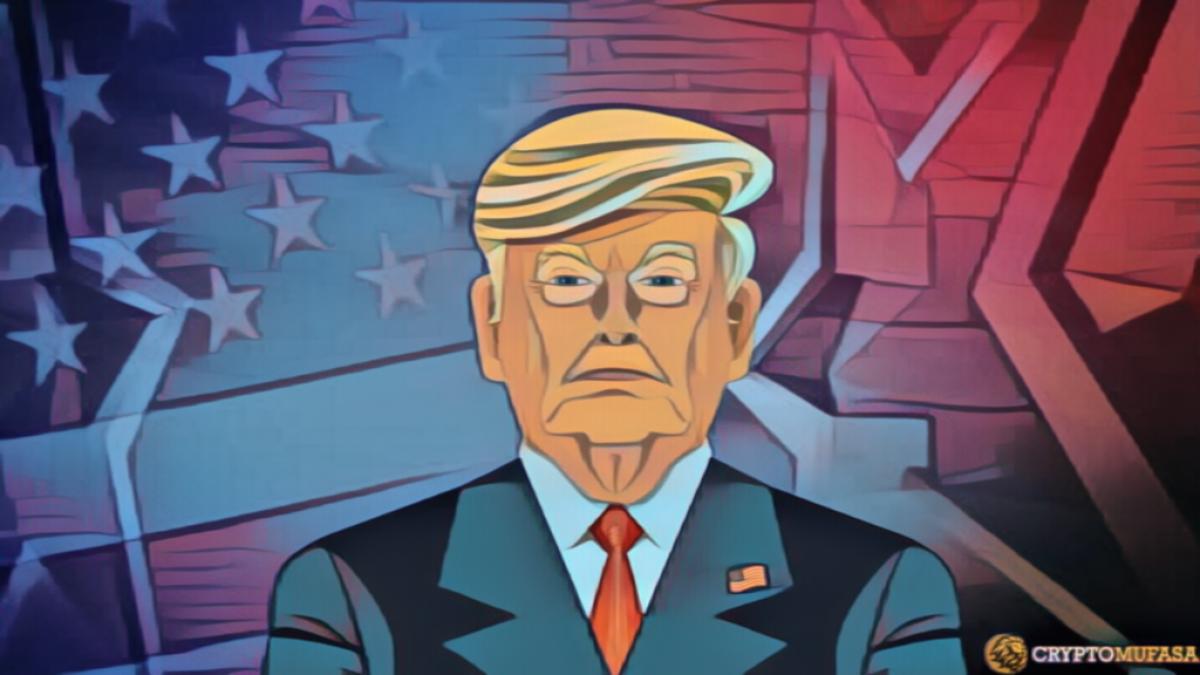- ETF Aftermath: Bitcoin’s post-ETF approval correction was an anticipated consequence of the overbought market created by heightened expectations and subsequent profit-taking.
- Short-Term Trading Impact: The “buy the rumor, sell the news” phenomenon triggered by ETF approvals influenced short-term traders, resulting in a temporary surge and subsequent decline in Bitcoin’s value.
- Macroeconomic Challenges: Bitcoin faced challenges from tougher macroeconomic conditions, including rising interest rates and a stronger dollar, contributing to the prevailing bearish sentiment in January.
Bitcoin’s spectacular 160% surge throughout 2023 captivated investors worldwide, culminating in a year-end rally fueled by ETF excitement. However, the initial weeks of January saw a noticeable decline, prompting a closer examination of the factors contributing to this shift.
Historical #Bitcoin prices for today, January 26th:
2024 – $41,174
2023 – $23,016
2022 – $36,800
2021 – $32,502
2020 – $8,608
2019 – $3,571
2018 – $11,118
2017 – $916
2016 – $390
2015 – $269
2014 – $1,007
2013 – $18
2012 – $5.3
2011 – $0.40— Historical Bitcoin Price (@HistoryBTCPrice) January 26, 2024
Overbought Market Post-ETF Approval Buzz
Following a landmark ruling by the D.C. Circuit Court of Appeals in favour of Grayscale last August, challenging the SEC’s rejection of its Bitcoin ETF proposal, the cryptocurrency industry experienced unprecedented optimism. The court mandated the SEC to earnestly consider approving an ETF, setting off a surge in Bitcoin’s value from October onward.
Week after week, updates on progress between various ETF applicants and the SEC flooded headlines, propelling Bitcoin from $25,811 on Sept. 1 to $46,670 on Jan. 10. This rapid ascent, an 80% increase in just over four months, created an overbought market. As the famed “buy the rumour, sell the news” phenomenon played out, the price correction became inevitable, aligning with JP Morgan’s predictions.
Also Read: Bitcoin ETFs and Gold ETFs: A Comprehensive Guide
Profit-Taking Amid Short-Term Trading
While some Bitcoin investors adhere to a long-term accumulation strategy, viewing the cryptocurrency’s global adoption potential optimistically, January witnessed profit-taking by short-term traders. Antoni Trenchev, co-founder of Nexo, characterized this trend as a classic example of traders capitalizing on the anticipation of ETF approvals and swiftly cashing in as the excitement waned.
The “buy the rumour, sell the news” sentiment led to a transient surge in Bitcoin’s price, followed by profit realization by traders. This shift in market dynamics, noted by a Motley Fool report, further contributed to the January downturn.
Tougher Macro Conditions and Bearish Sentiment
Bitcoin faced headwinds in January due to challenging macro conditions, notably rallying interest rates and a strengthening dollar. Sean Farrell, head of digital-asset strategy at Fundstrat Global Advisors LLC, highlighted these tougher macroeconomic factors as contributors to Bitcoin’s recent struggles.
Analysts from Bitfinex underscored prevailing bearish sentiment as a key driver of the January price fall. Identifying potential support levels at $38,000 and $36,000 in the event of a continued correction, their note suggested that Friday’s 5% rally might indicate a possible recovery.
Disclaimer: The information presented in this article is for informational and educational purposes only and does not constitute financial advice. Readers are advised to conduct their own research and consult with financial professionals before making investment decisions.




